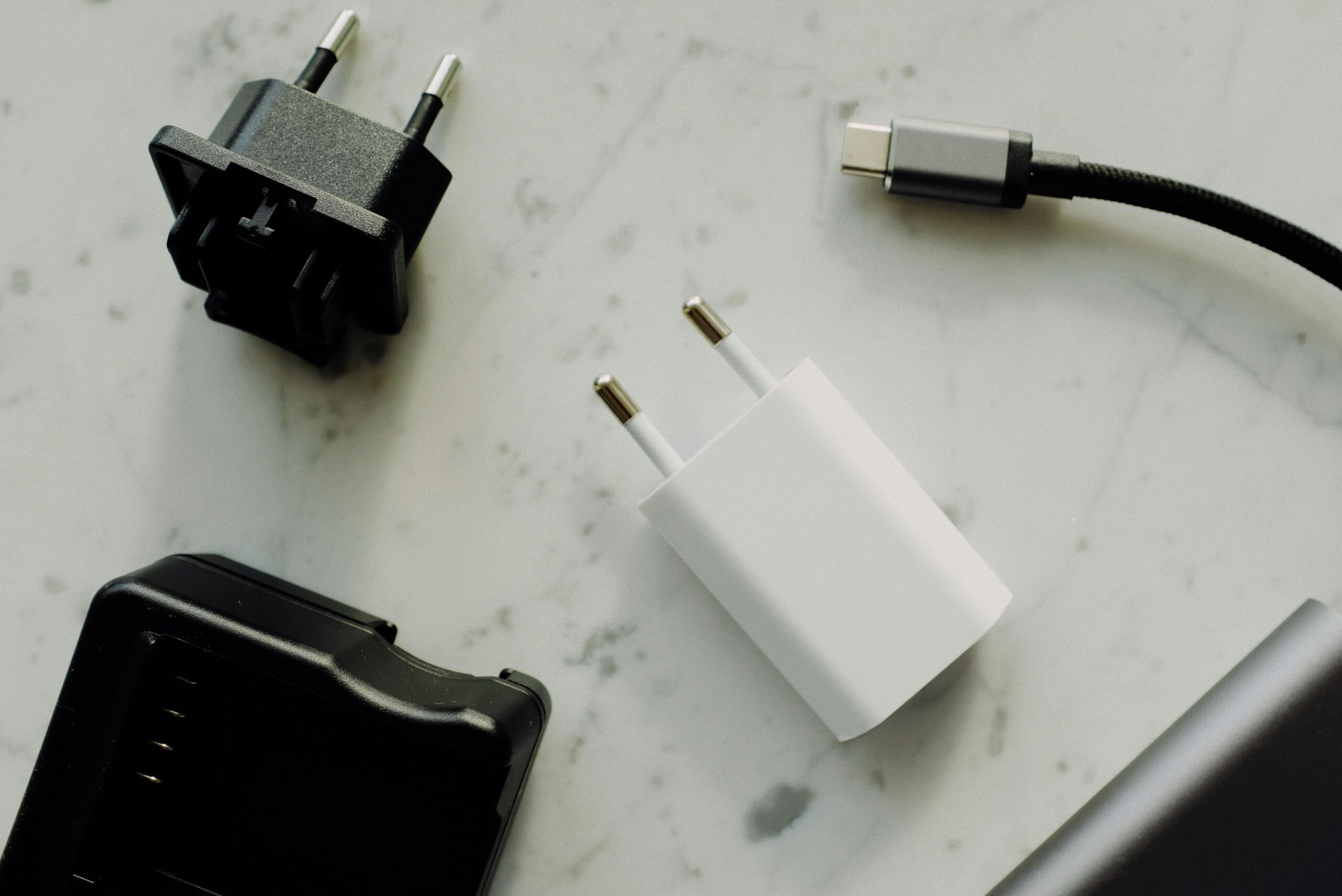USB-C is finally living up to its promise of one cable for almost everything, but power can still be confusing—especially if you’re charging gaming laptops, Steam Deck–style handhelds, or docking devices to displays. Here’s what matters so you can pick the right charger, avoid slowdowns, and keep your gear safe.
At the heart of modern USB-C power is USB Power Delivery (USB PD). Earlier PD revisions offered fixed voltages like 5V, 9V, 15V, and 20V up to 100W. PD 3.1 adds Extended Power Range (EPR), which introduces 28V, 36V, and 48V profiles and raises the ceiling to 240W. Devices and chargers “negotiate” the highest mutually supported profile, so you only get as much voltage and current as both ends agree to. This is why a laptop that supports 140W can fast-charge from a 140W PD 3.1 brick but will fall back to 100W (or less) on older chargers.

Cables are not all equal. A 3A cable tops out around 60W, while a 5A, e-marked cable enables 100W and beyond. For PD 3.1 EPR (up to 240W), you need an EPR-rated 5A cable with the right e-marker that advertises support for the higher voltages. Use a lower-spec cable and your device may charge slowly, refuse to charge, or drop connection under load. If you’re shopping, look for USB-IF certification, an e-marker and explicit “5A/240W” labeling.
Gaming laptops complicate things. Many accept USB-C charging for light to moderate workloads but still ship with 180W–330W barrel adapters for full performance. Plug a 100W USB-C charger into a performance notebook and it might run, but the battery can drain under heavy gaming. Newer models increasingly support 140W via PD 3.1 (28V/5A), and early 240W PD support is emerging, but adoption is uneven. Always check your specific model’s USB-C input limit and whether it requires a proprietary adapter for maximum GPU power.
Handheld gaming PCs are more straightforward. Steam Deck is happiest with a 45W PD charger, while ROG Ally and Lenovo Legion Go typically want around 65W. A dock with PD passthrough can power the handheld while driving a display and peripherals, but make sure the dock’s upstream port supports the wattage your device expects; many budget hubs cap out at 60–65W and share power with their own electronics.
Phones add another twist with PPS (Programmable Power Supply), a PD extension that adjusts voltage and current in small steps for cooler, faster charging. It’s great for Android phones, but most laptops and handhelds don’t require PPS; they rely on standard PD fixed profiles or EPR for higher wattage.
Multiport GaN chargers are convenient travel companions, but read the fine print: the headline wattage is often split across ports. A brick that advertises 140W might offer the full 140W only on a single USB-C port, dropping to 100W or lower when multiple ports are active. If your laptop needs 100W and your handheld needs 65W simultaneously, you’ll want a charger that clearly supports those allocations at the same time.
Good news on safety: PD’s negotiation prevents overvoltage and overcurrent in normal use. Problems mostly arise from non-compliant cables, sketchy adapters, or hubs that cut corners. Stick to reputable brands, look for certification, and pair high-wattage chargers with EPR-rated 5A cables. Do that, and USB-C can simplify your setup—whether you’re grinding through a raid, rendering video, or docking a workstation.